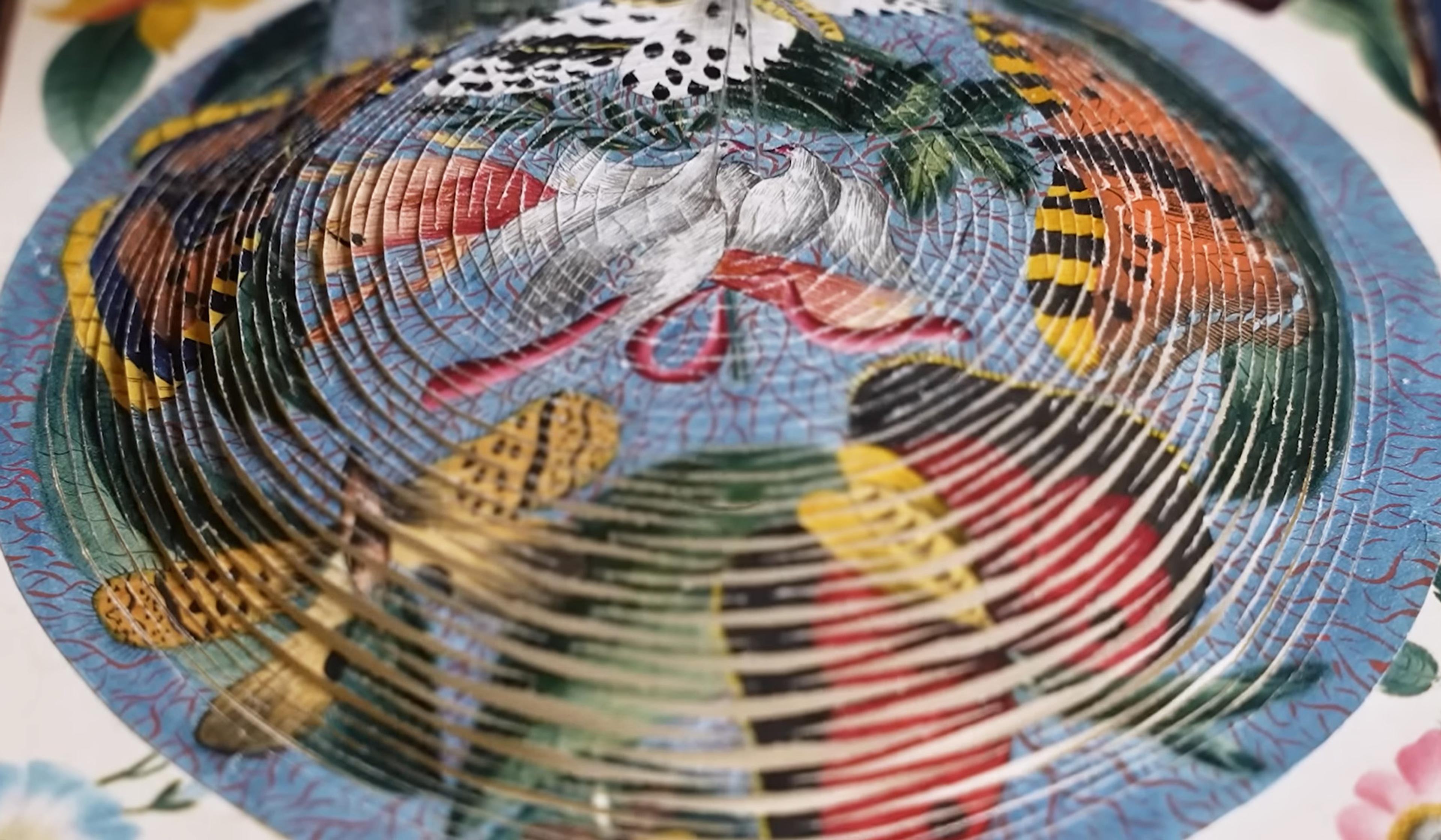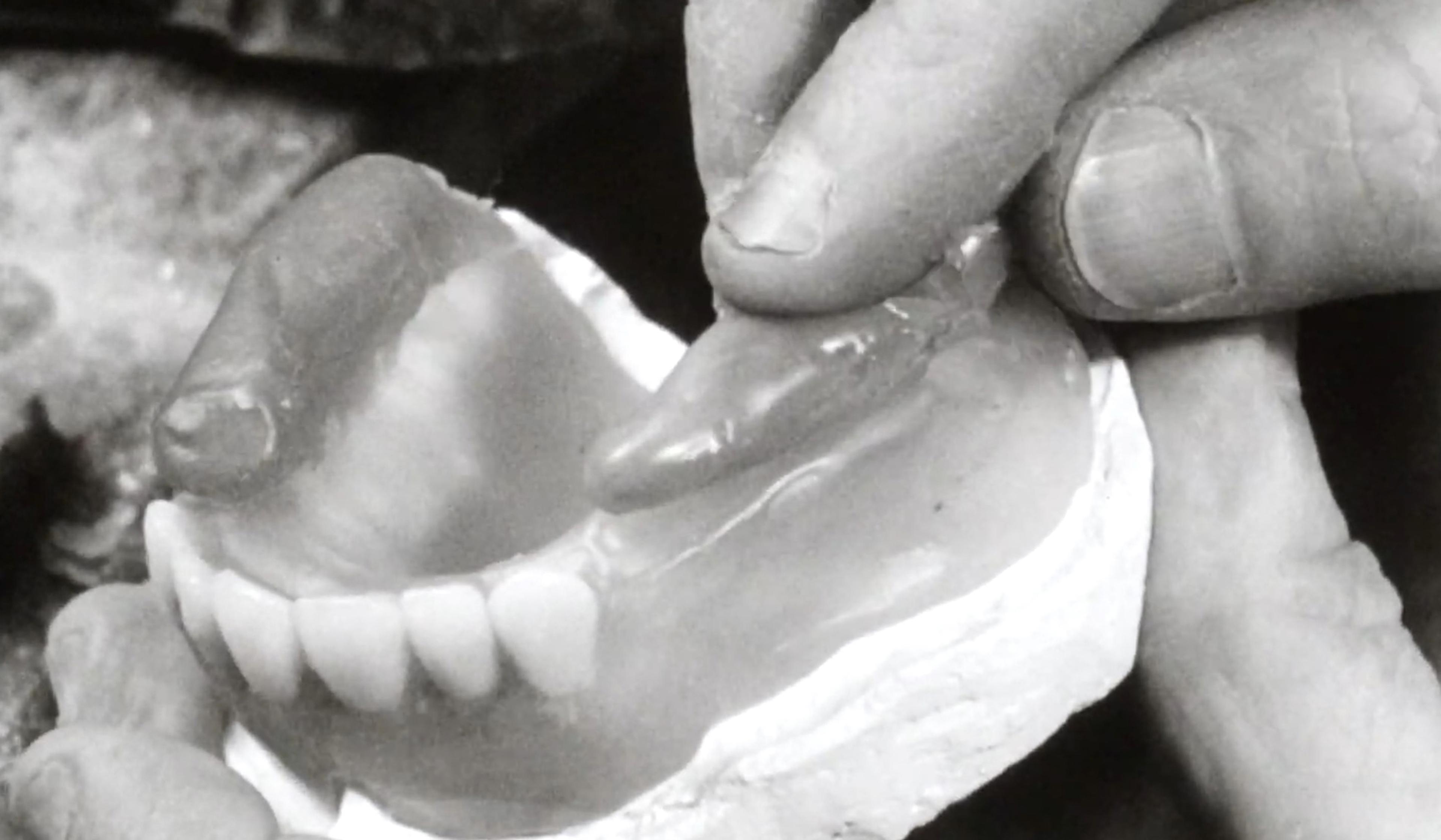In this video, Angus Patterson, the senior curator of metalwork at the Victoria and Albert Museum in London, explores a somewhat innocuous-looking object in the museum’s collection with a fascinating history. Carefully removing the rare, delicate item from its original container, Patterson reveals it to be an ‘antimonial cup’ with origins in the late 17th century. This and similar vessels made from the toxic metalloid antimony were meant to be drunk from by those suffering from any number of ailments, with the user’s resulting purge of bodily fluids thought to rebalance the humours – although, as Patterson points out, not without a good degree of skepticism from the contemporary medical establishment. Drawing out a fascinating slice of medical history before the rise of germ theory, the short is a reminder of just how long humanity misunderstood the root causes of disease, echoed by the scientifically dubious ‘cleanses’ that remain quite popular today.
A doctor waiting for his patient to vomit after administering an emetic. Illustration by George Moutard Woodward, 1800. Courtesy Wellcome Collection
Drinking wine from toxic cups was the 17th century’s own dubious ‘detox’ treatment
Video by the Victoria and Albert Museum
Director: Joanna Jones

videoMedicine
Once dismissed as quackery, medical leeches are back for blood
4 minutes

videoHistory
Hags, seductresses, feminist icons – how gender dynamics manifest in witches
13 minutes

videoDesign and fashion
How do you bring an 18th-century ceramic teapot to life? An artist puzzles it out
7 minutes

videoHistory of technology
Breakthroughs, quackery and strange beauty: the afterlife of outmoded medical devices
5 minutes

videoDesign and fashion
A ceramicist puts her own bawdy spin on the folk language of pottery
14 minutes

videoDesign and fashion
The ornate, the aromatic, the cruel – Valentine’s cards before the age of Hallmark
16 minutes

videoStories and literature
The key to a vampire’s immortality? Meeting the anxieties of the moment
15 minutes

videoTechnology and the self
How the magic of photography brought Victorian England closer to the spirit realm
16 minutes

videoBiology
Making dentures can be oddly riveting – a fusion of biology, craft and fun
5 minutes